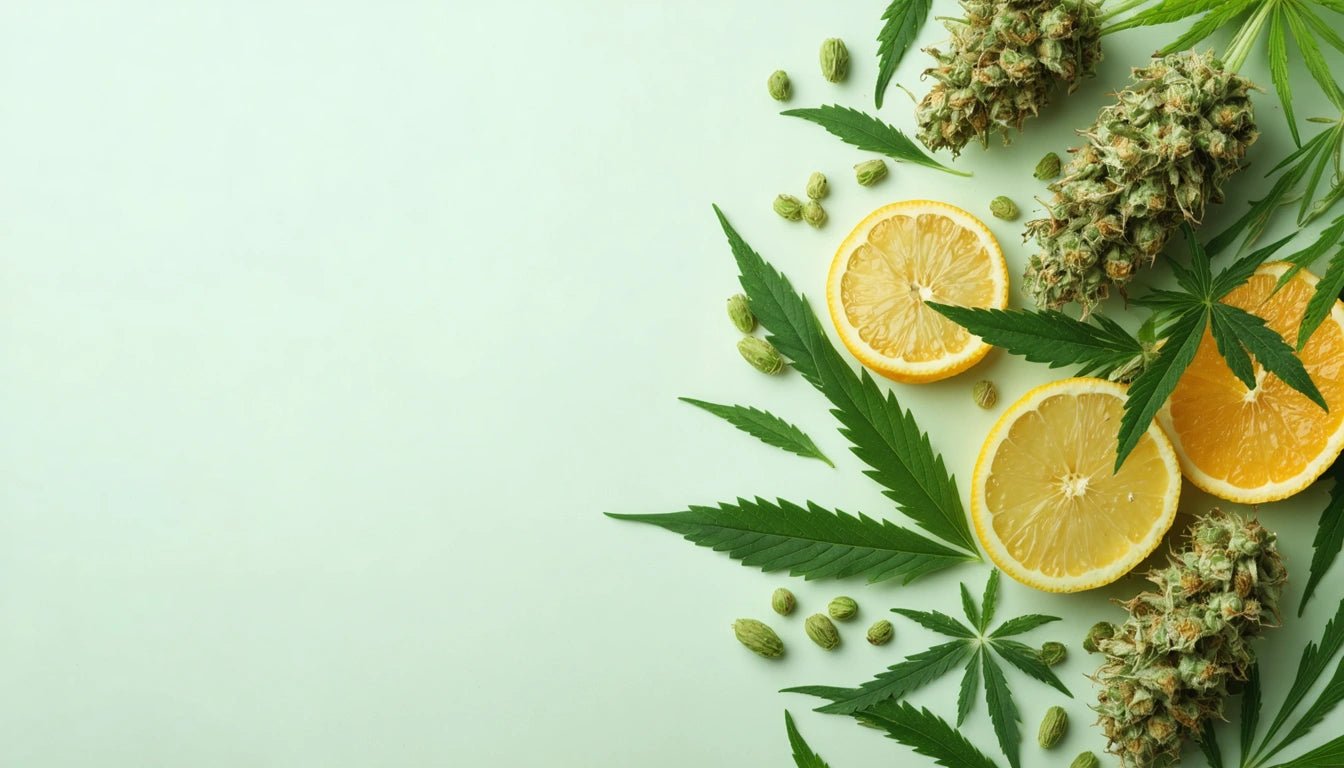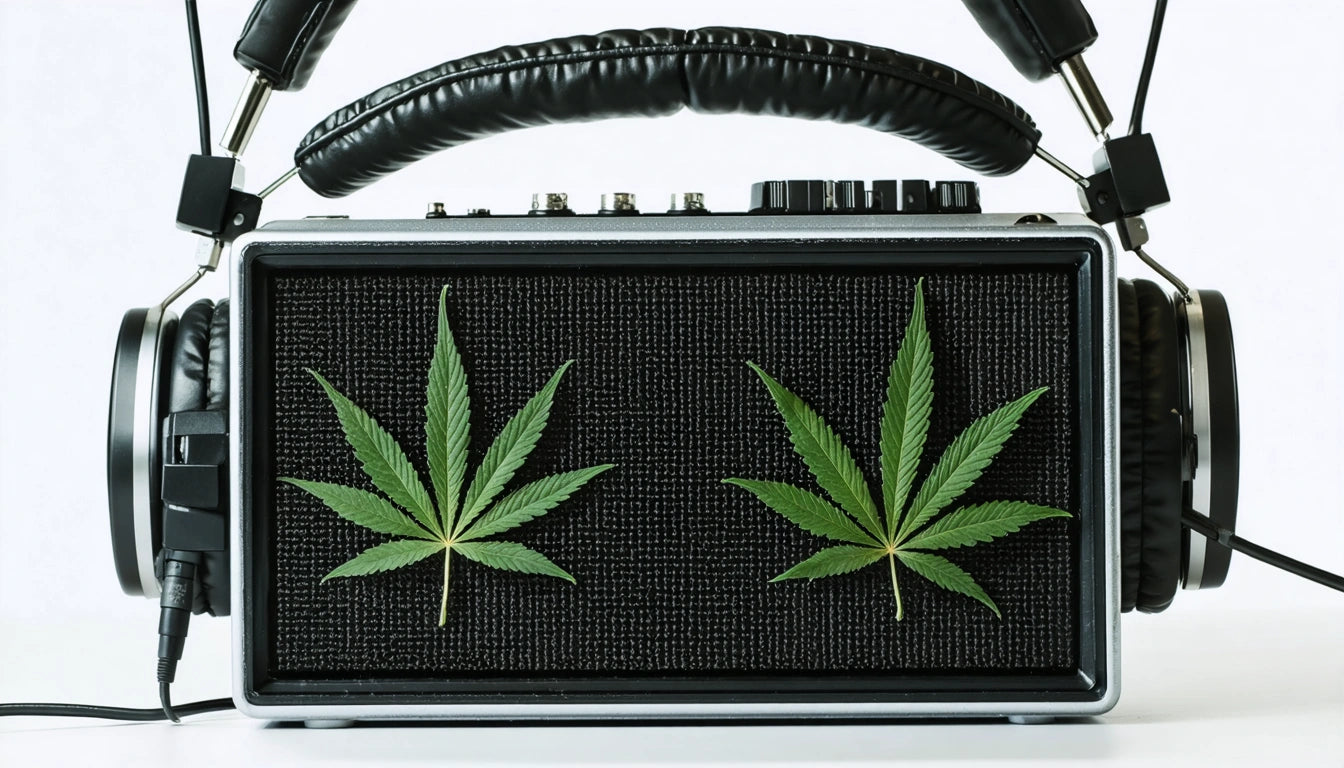- Sensory Basics of CBD: Differentiating from THC
- What Does CBD Feel Like? Understanding the Physical and Mental Effects
- CBD vs THC: Contrasting Sensory Experiences
- Aroma Profile of CBD: Does CBD Smell Like Weed?
- Taste Profile of CBD Products: What Does CBD Oil Taste Like?
- Improving the Sensory Experience of CBD Products
Understanding the Sensory Experience of CBD: Taste, Smell, and Effects
The growing popularity of CBD has sparked curiosity about its sensory characteristics. Many newcomers wonder what CBD feels like, whether it smells like traditional cannabis, and what to expect from its taste. Understanding these sensory aspects helps consumers make informed choices and better prepare for their CBD experience.
Sensory Basics of CBD: Differentiating from THC
CBD (cannabidiol) is a non-intoxicating compound found in cannabis plants. Unlike THC (tetrahydrocannabinol), CBD doesn't produce the characteristic "high" associated with marijuana. This fundamental difference shapes the entire sensory experience of CBD products.
According to research on CBD effects, the compound interacts with the endocannabinoid system differently than THC does. This interaction results in distinct physical and mental sensations that users should understand before trying CBD products.
What Does CBD Feel Like? Understanding the Physical and Mental Effects
The effects of CBD are often described as subtle and balancing rather than overtly intoxicating. Most users report:
- A gentle sense of calm and relaxation
- Reduced physical tension
- Mental clarity without fogginess
- Mild mood elevation
- Relief from discomfort without sedation
These effects typically develop gradually rather than hitting suddenly. As explained in this guide on CBD's pain relief potential, the compound works by modulating pain signals and inflammation pathways rather than masking symptoms completely.
CBD vs THC: Contrasting Sensory Experiences
When considering what does CBD vs THC feel like, the differences become significant:
CBD Sensations:
- No euphoric high or altered perception
- Minimal to no cognitive impairment
- Subtle relaxation that allows normal functioning
- No increase in appetite ("munchies")
- No significant changes in sensory perception
THC Sensations:
- Pronounced euphoria and altered thinking
- Potential anxiety or paranoia in some users
- Heightened sensory experiences
- Increased appetite
- Potential impairment of motor skills
The interaction between CBD and THC can also modify these experiences, with CBD often moderating the intoxicating effects of THC when used together.
Aroma Profile of CBD: Does CBD Smell Like Weed?
A common question is does CBD smell like weed or does CBD oil smell like weed. The answer depends on several factors:
Pure CBD isolate has virtually no smell. However, full-spectrum CBD products contain terpenes and other cannabis compounds that contribute to an aroma similar to, but typically milder than, traditional marijuana. Broad-spectrum products fall somewhere in between.
The packaging of CBD products also affects how noticeable their aroma might be. Quality containers with proper secure caps and lids for storage jars can contain the smell effectively while preserving product freshness.
What does CBD smell like? When present, the aroma typically includes:
- Earthy or grassy notes
- Subtle pine or citrus undertones
- Herbal qualities similar to other plant extracts
- Less skunk-like character than high-THC cannabis
As detailed in this article on cannabis scents, the specific terpene profile determines the exact aroma characteristics.
Taste Profile of CBD Products: What Does CBD Oil Taste Like?
The taste of CBD products varies widely depending on formulation and additional ingredients. When asking what does CBD oil taste like, consider these common characteristics:
- Natural, unflavored CBD oil typically has an earthy, grassy flavor with a slightly bitter aftertaste
- Full-spectrum products have a more robust cannabis-like taste
- CBD isolate products tend to be milder in flavor
- Tinctures often include flavoring agents like mint, citrus, or berry to mask the natural taste
- Edibles like gummies incorporate sweeteners and fruit flavors that dominate the CBD taste
The carrier oil used in CBD tinctures (such as MCT, hemp, or olive oil) also influences the overall flavor profile. Beginner guides to CBD often recommend flavored options for those sensitive to the natural taste.
Improving the Sensory Experience of CBD Products
For consumers concerned about the taste or smell of CBD, several strategies can enhance the sensory experience:
- Choose flavored tinctures or capsules to minimize taste issues
- Consider CBD-infused beverages that mask the natural flavor
- Store products properly in airtight containers to preserve freshness and contain aromas
- Start with lower concentrations to acclimate to both effects and sensory aspects
- Explore different delivery methods (topicals have minimal taste/smell concerns)
Understanding the full sensory profile of CBD helps set appropriate expectations and can lead to more satisfying experiences with these products. As the market continues to evolve, manufacturers are developing increasingly sophisticated formulations that address these sensory considerations while maintaining the beneficial properties of CBD.











Leave a comment
All comments are moderated before being published.
This site is protected by hCaptcha and the hCaptcha Privacy Policy and Terms of Service apply.